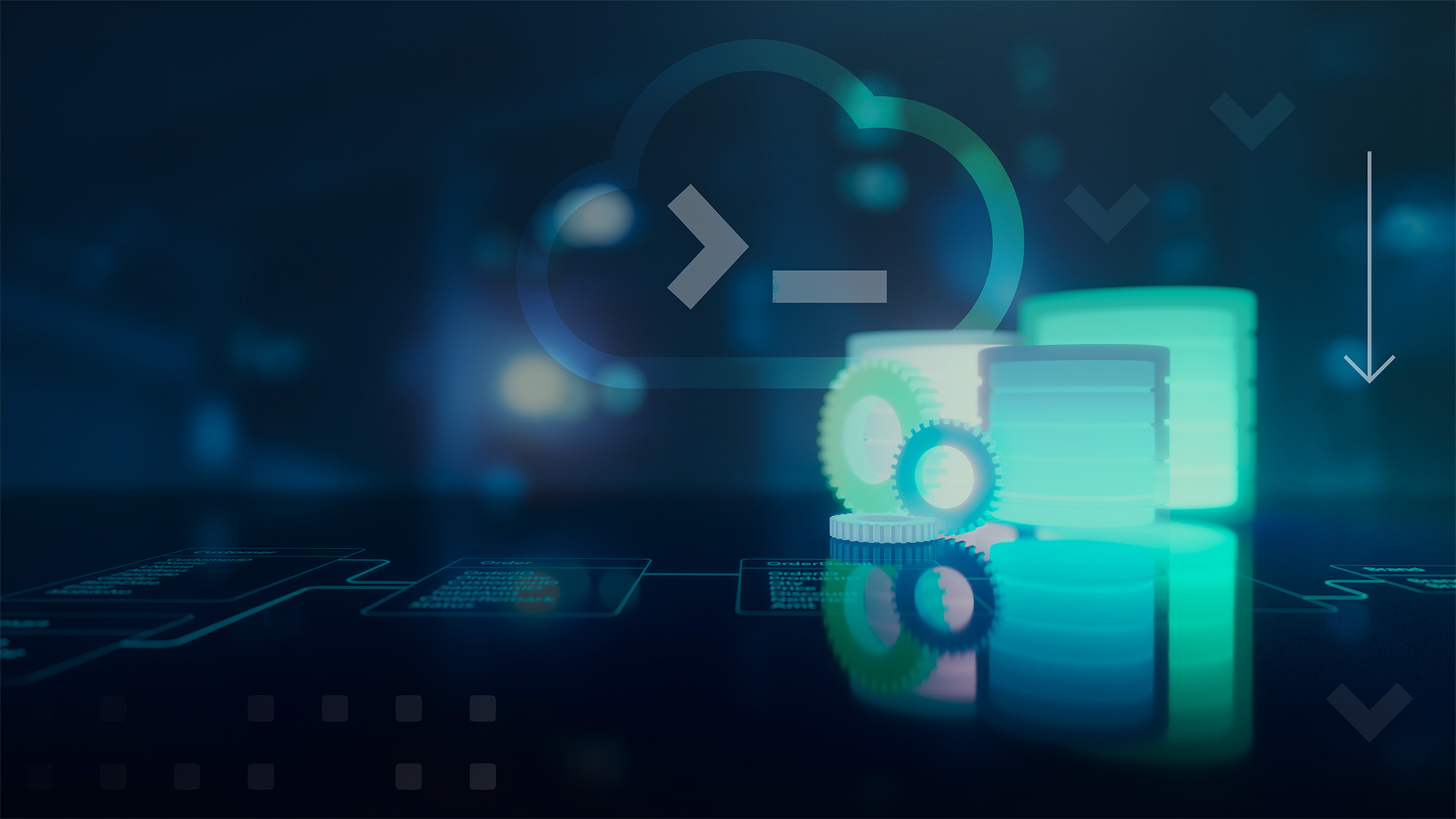When it comes to modernizing SQL services, enterprises generally react to two factors: 1) a dramatic increase in available data and data sources and 2) the need to create a dispersed workforce requiring different types of access to SQL databases.
The challenge in modernization, though, is the sheer amount of applications relying on an SQL database. Staging, migration, modernizing applications—taking these critical steps without creating interruptions to business is where enterprises often hit a wall.
Still, breaking through that wall can be critical for your success. Let your infrastructure and applications age too long, and you can create risks for your entire operation. Unfortunately, many enterprises often wait until it’s too late.

So, how can an enterprise go through SQL services modernization the right way? How can they break through the wall? The key is to approach the modernization process as just that … a process.
Steps to starting SQL services modernization
Since data is the lifeblood of your business, understanding what data you have and where it comes from is the first place to start.
This means creating a data catalogue with sources of truth for your various types of data and how that data is being used. During this cataloguing, you may find there is a lot of data you could be using but haven’t started doing so yet. Or maybe you’ll realize that a lot of data you’re capturing isn’t especially useful.
You also need to examine where data is being accessed and, starting at an architectural level, figure out how your data needs to be backed up to ensure constant access and business continuity.
Governance is also a critical component, since not knowing where your data goes and who can access it will prohibit you from having complete accountability of your data.
Once you have a thorough understanding of your data environment, it’s time to examine your current SQL environment, including the state of your SQL servers and associated workloads.

You also need to inventory and classify your applications aligned to your SQL databases, particularly the connections, reporting, and ETL/ELT process.
From there, it’s time to put together a near-term modernization plan and chart out your future needs of compute, storage, and software requirements. You will also want to have discussions with your teams or outside partners about specific questions, like whether or not to incorporate virtual SQL on VMWare, which could bring about higher utilization of all your resources and lead to greater efficiency.
Or, if your SQL database is tied to a specific app, perhaps discussing whether to implement containerized workloads to better support a single function.
Whatever shape your modernization process eventually takes, it’s important to remember that modernizing your SQL services is not an isolated discussion. Data touches every corner of your organization, which means every corner should have a seat at the table when the modernization strategy is being put together.
Modernizing SQL services requires a datacenter infrastructure that can handle high performance workloads. Download our free eBook to learn more about designing this infrastructure for your own organization.
Categories
- Cloud Migration and Adoption
- Enterprise IT and Infrastructure
- Artificial Intelligence and Machine Learning
- Data Management and Analytics
- DevOps and Automation
- Cybersecurity and Compliance
- Application Modernization and Optimization
- Featured
- Managed Services & Cloud Cost Optimization
- News
- Workplace Modernization
- Tech We Like
- AWS
- Social Good News
- Cost Optimization
- Hybrid Cloud Strategy
- NVIDIA
- Application Development
- GPU

%20-%20eBook/Putting_Artificial_Intelligence_to_Work_Ebook_preview-1.png?length=400&name=Putting_Artificial_Intelligence_to_Work_Ebook_preview-1.png)
%20-%20eBook/Putting_Artificial_Intelligence_to_Work_Ebook_preview-2.png?length=400&name=Putting_Artificial_Intelligence_to_Work_Ebook_preview-2.png)
%20-%20eBook/Putting_Artificial_Intelligence_to_Work_Ebook_preview-3.png?length=400&name=Putting_Artificial_Intelligence_to_Work_Ebook_preview-3.png)




